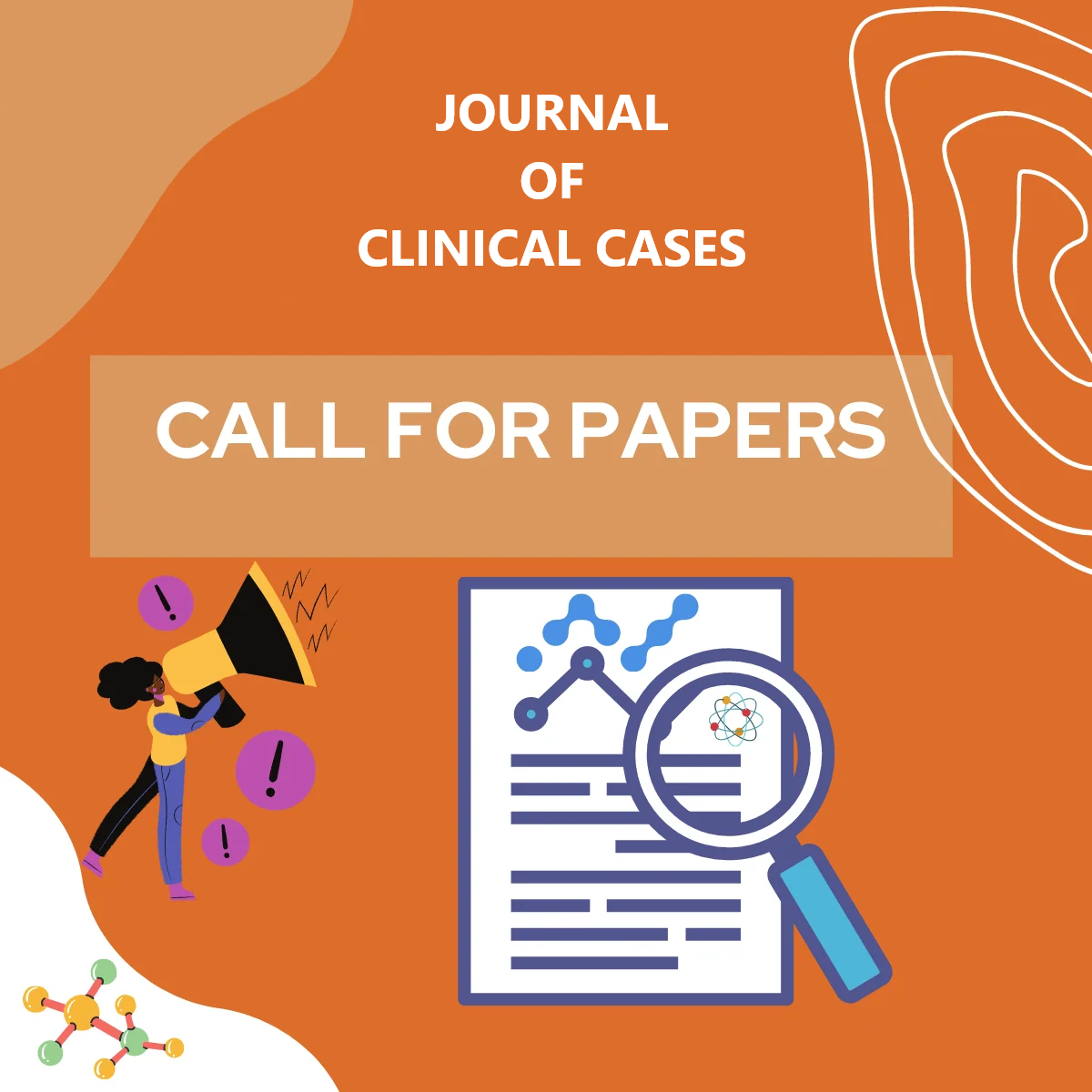Journal Citations
- Crossref
- PubMed
- Semantic Scholar
- Google Scholar
- Academia
- SCRIBD
- ISSUU
- Publons
- MENDELEY
Share This Page
Journal Page

Congenital Diaphragmatic Hernia, Finding In Dissection Class (Case Report)
Rojas-Granados Adelina, Quezada-Martínez José Rodrigo, Herrera-Enríquez Miguel Ángel, Ruiz-Jiménez David Antonio, Velázquez-Hernández Oscar Daniel, ArellanoRivera Esteban M, Martínez-Diaz Aurelia, SánchezMartínez Corazón de María, Quiroga-Lozano Crystal Paulina, Villafuerte Hernández Salvador Axel, EspañaEscobar Aurea and Angeles-Castellanos Alberto Manuel,
Department
Department of Anatomy, Faculty of Medicine; National Autonomous
University of Mexico, Mexico 04510
Department of Cellular and Tissue Biology, Faculty of Medicine;
National Autonomous University of Mexico, Mexico 04510
Neuropathology Service of the General Hospital of Mexico.
Department of Innovation in Human Biological Material, Faculty of
Medicine; National Autonomous University of Mexico, Mexico 04510
Corresponding Author: Alberto Manuel Angeles Castellano
Published Date: 26 January 2024; Received Date: 01 January 2024
Abstract
During the dissection practice, anatomical variants occur, pathological findings or alterations, and structural lesions may be found. This report deals with the discovery of a diaphragmatic hernia on the right side that was found during a dissection practice, in the corpse of a 71-year-old man, whose reported cause of death was severe respiratory failure. However, the anatomopathological findings demonstrate that it is a congenital hernia, that is, the patient was able to survive his entire life with this alteration thanks to compensatory mechanisms, which leaves a great opportunity for discussion and learning in the classroom.

